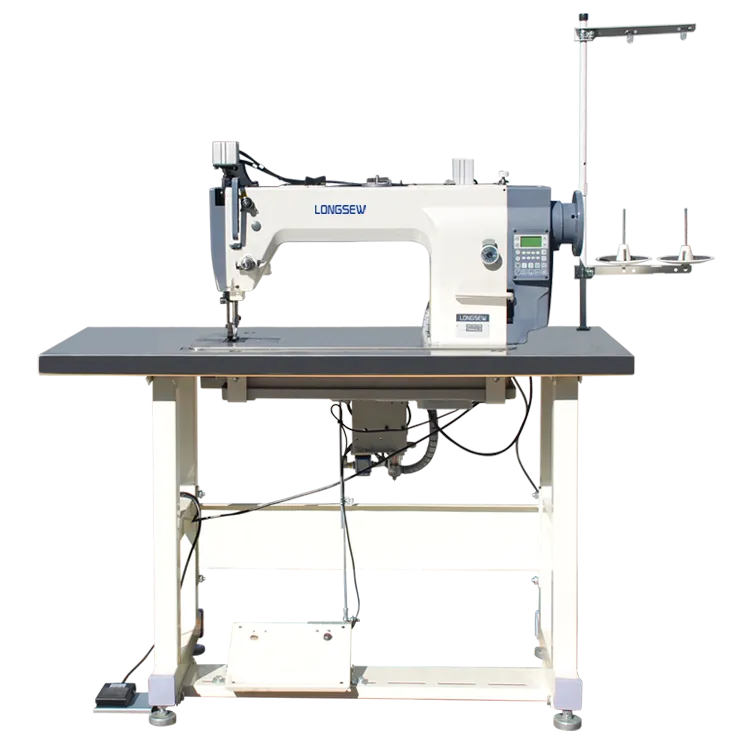A Comprehensive Guide to Choosing the Right Safety Rope for Automotive Applications
The Importance of Auto Safety Rope Sewing
In the world of automotive safety, every detail counts, and one often overlooked aspect is the sewing of safety ropes. These ropes play a crucial role in various applications, from anchoring vehicles during transport to offering additional safety measures in off-road and rescue situations. Understanding the significance of auto safety rope sewing can enhance both vehicle and passenger safety.
What is Auto Safety Rope?
Auto safety ropes are specialized ropes designed for use in and around vehicles. They are typically made from durable materials such as polyester or nylon, ensuring they can withstand significant tension and wear. These ropes are often used in situations that require securing items, providing support, or facilitating safe measures during transport or emergencies.
The Role of Sewing in Safety
The sewing of safety ropes is critical to their effectiveness. Proper stitching techniques enhance the durability and strength of the ropes, ensuring that they perform under pressure. There are several factors involved in the sewing process that must be considered
1. Material Selection The choice of thread is essential. High-quality, UV-resistant, and abrasion-resistant threads help prolong the lifespan of the rope, particularly in tough environmental conditions.
2. Stitching Techniques Different stitching methods can vastly affect the performance of the safety rope. Techniques such as bar tacking or zig-zag stitching are often used to reinforce the areas of the rope that will undergo the most stress.
3. Consistency and Quality Control Every safety rope must meet strict quality standards. Consistent tension during sewing ensures that the finished product will handle loads effectively.
auto safety rope sew

Applications of Auto Safety Ropes
Auto safety ropes have multiple applications in automotive environments. Here are just a few examples
1. Towing and Recovery In towing incidents, safety ropes are critical. They are sewn with precision to ensure that they can handle the weight of the vehicle being towed, which can often exceed several tons. Properly sewn ropes can reduce the risk of failure and accidents during towing.
2. Transporting Vehicles When vehicles are loaded onto trailers or transport trucks, safety ropes are often used to secure them in place. This prevents movement during transit, which can lead to damage or accidents.
3. Off-road Safety For off-road enthusiasts, auto safety ropes can be a lifesaver. They can be used for vehicle recovery if stuck in mud or snow, providing an essential safety measure for recreational activities.
4. Emergency Situations In case of accidents, safety ropes can be used to secure vehicles or to assist in extricating individuals from damaged vehicles.
Conclusion
The sewing of auto safety ropes is a vital element in ensuring vehicle safety, not just for the vehicle itself but for passengers and other road users as well. Manufacturers and aftermarket suppliers must prioritize quality in the production of these safety items, using the right materials and techniques to create sturdy, reliable ropes. Awareness of the importance of auto safety rope sewing can lead to better automotive practices and ultimately safer roads.
As we become more reliant on vehicles in our daily lives, understanding and improving every aspect of automotive safety, including the seemingly minor details like safety ropes, will contribute to a culture of safety and preparedness on the roads.
-
Industrial Cylinder Arm Sewing Machine: Revolutionizing Heavy-Duty SewingNewsJul.28,2025
-
Cylinder Arm Sewing Machine: Perfect for Special Sewing ApplicationsNewsJul.28,2025
-
Cylinder Bed Sewing Machine: Essential for Sewing Complex MaterialsNewsJul.28,2025
-
Heavy Duty Sewing Machine: The Essential Tool for Industrial ApplicationsNewsJul.28,2025
-
Computerized Pattern Sewing Machine: Revolutionizing Precision StitchingNewsJul.28,2025
-
Heavy Duty Industrial Sewing Machine: Power Meets PrecisionNewsJul.28,2025
-
Leather Sewing Machine: The Industrial Standard for Tough MaterialsNewsJul.18,2025





























